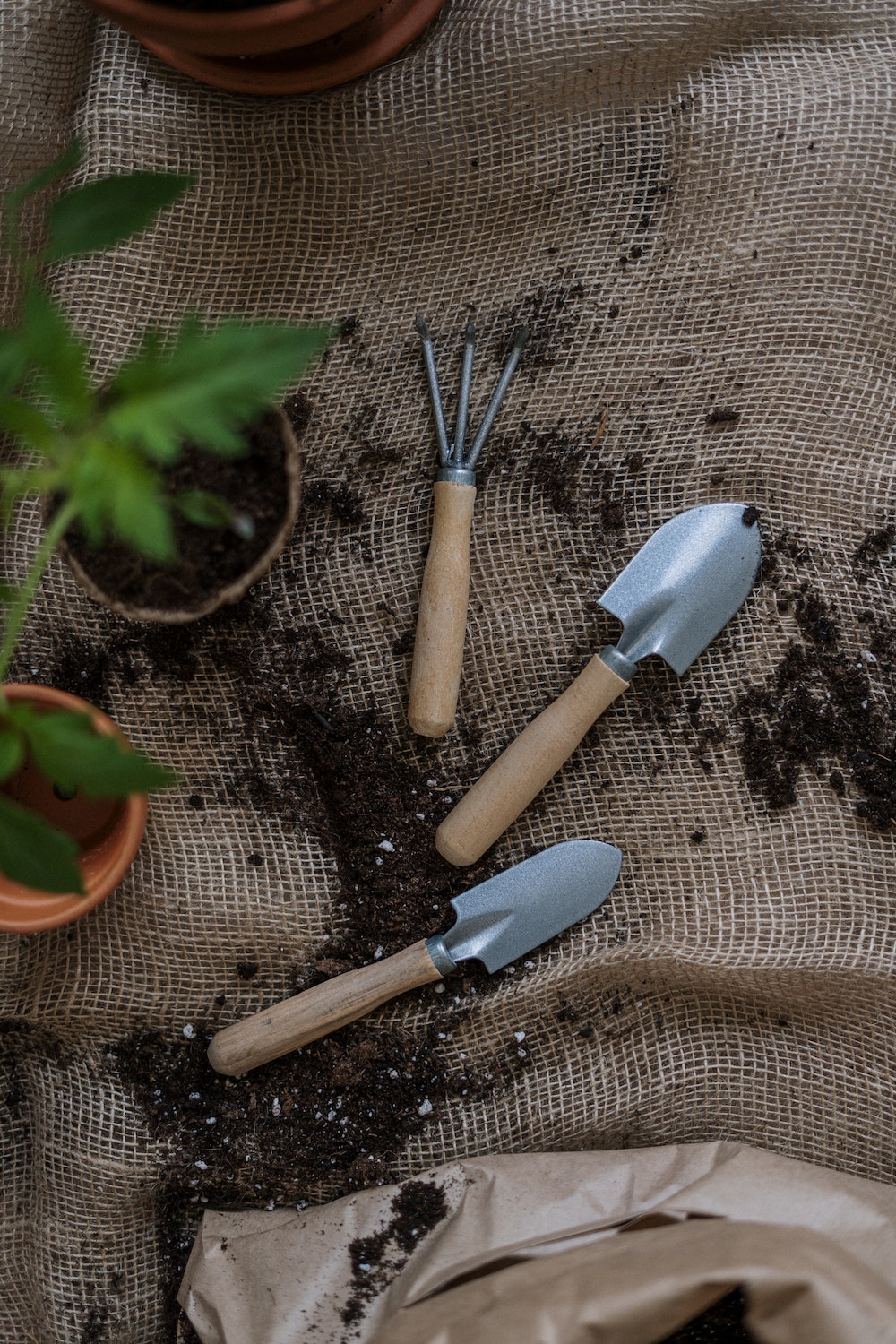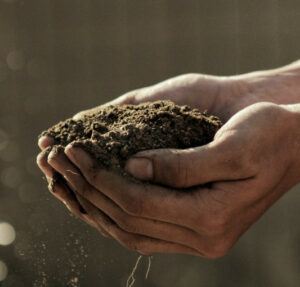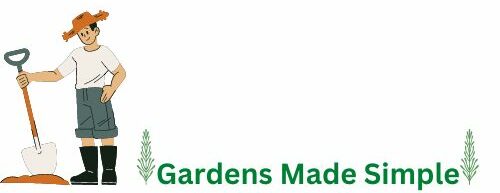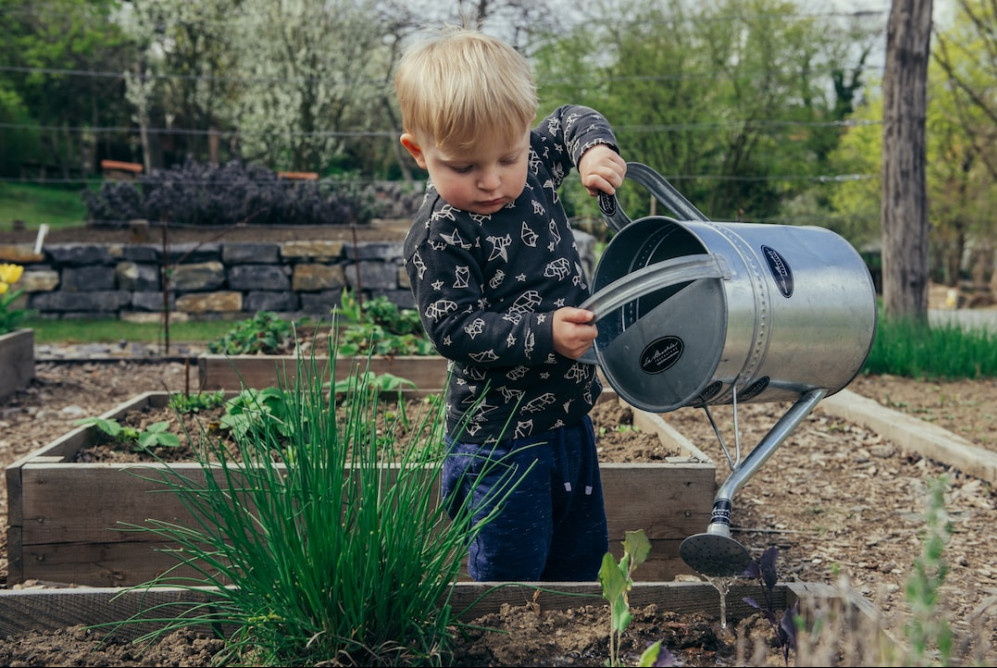
Things That Grows a Garden
Having a garden can be a wonderful way to grow your own vegetables, beautify your property, or attract local wildlife. Knowing the best way to grow a garden is helpful even if you are planning to plant a large garden in your backyard, or if you have limited space, you can plant a garden. You can even plant a garden using nothing but containers.
One of the best things about having a garden is that it helps offset your groceries bill. With the high cost of groceries likes eggs, instead of raising chickens to offset the price of eggs starting a garden would be more feasible than starting an expensive chicken farm.
If you are thinking about starting a garden and you are not sure where to begin, then here are several things that might help. Consider different garden types, prepare your garden plot and tools, select your seeds and plants, and then plant your garden.
What is The Best Soil to Use for Gardening?
Ever wonder what is the best soil to use for gardening? If this is how you are thinking, then it’s a very good place to start. Starting a garden, isn’t very complicated but there is a thought process when starting a garden to follow.
If you are wondering what type of soil you should get for your garden, take a look at the most common options available in a garden center, they should have a variety of soil to choose from.
I can think of six different types of soils used to make a garden, Peaty, Loamy, Sandy, Chalky, Clay, Silty these are some of the basic soils that helps make it possible for plants to grow.
Most of the time these soils are used when we decided to make an in-ground garden that is native to your area. Or if that’s not possible because of limited space, these soils are used in different type of container to house our garden.

If you are planning to use containers to house your gardening below are some examples of mix soil that you can use. The best advice when picking soil type is to talk with expert working in your garden center, they are very helpful to share their ideas on how on the different soil to use, also read the packaging labels about the soil.
Personally, I use landscape bulk soil. Most of these gardening center call it super soil it’s a mixture of soil and compost which I fine work well for my gardening needs.
Below are types of soil mixture to give you some kind of idea of what I’m talking about when I say soil mixture. Hopefully it can be a starting point to help you with your soil choice.
According to https://www.shreveporttimes.com/
Potting mix:
- Is a type of lightweight soil containing the mixture of several ingredients such as coconut husks, sphagnum moss, vermiculite, bark, and compost. It might not even have any soil content at all. This is also sterilized to prevent the introduction of fungus or other organisms to the raised bed.
The potting mix:
- Is specifically made for various growing purposes such as vegetable gardening and cultivating specialty flowers such as orchids. It also works well as a container garden or raised bed soil because this is lightweight and allows aeration and good drainage.
Raised garden bed mix:
- Is the same as the potting mix. In case you want to prepare your own raised bed soil mix, you can use a 50% potting mix and 50% garden soil for good aeration and drainage. Garden centers also sell bagged soils made for raised beds that can make it an ideal choice for the soil in a raised bed.
Garden Soil:
- Is a type of dense soil composed of topsoil mixed with some other materials for particular planting purposes like growing shrubs and trees or vegetable gardening. Since this is heavy soil, it might not be the best choice for raised beds as it can result in compaction.
Topsoil
- Should never be used in raised garden beds as this acts as a soil conditioner used for filling in gaps in the in-ground gardens. Topsoil gets pulled from the earth’s top root or so and can be composed of pretty much anything based on where this was taken from. Topsoil is quite dense and doesn’t contain proper nutrients.
What is The Best Water for Garden?
The answer to that is, it depends. What is known is that the quality of water influences the growth of the plants. According to most expert it is always recommended to make sure you a least give your plants water, so that the soil doesn’t dry out killing the roots, because the roots help plants get their nutrients.
Because of the different types of water such as: Tap Water, Pool Water, Well Water, Mineral Mater and Distilled Water. All of these waters have different minerals and nutrients values they are not all ideal for helping plants grow.
However, on this same idea some water carries more things than others. For example, Tap Water often has a detectable funny taste. That because most of this water has chemical and metal pollutants that are present in tap water. The best thing to do for this water is filtered it.
Here’s another fun fact. The majority of plants will grow better when watered with soft water instead of hard water. That’s why most expert suggest that Distilled Water helps plants grow better. Not to sound contradictory but it is said that (bottled) purified or distilled water is the least beneficial for plants. Go Figure!
So back to the question, what’s the best water for plants? This shouldn’t be surprising. However, as I’ve research on this matter rainwater is the best water for your plants. I guess nothing can compete with Mother Nature to give plants all the nutrients they need.
What are the Best Seeds for Gardening
Creating a vegetable garden is a fun and rewarding experience, it is an inexpensive and fun way to enjoy your favorite vegetables picked fresh and ripe.
However, learning the right way to plant seeds indoors or outdoors will help to ensure the most flavorful plants begins with knowing proper seed planting techniques.
Understanding basic planting methods and the needs of the seeds you wish to grow can result in a healthy garden that lasts throughout the season.
How Long Does It Take for Seeds to Sprout
How Long Does It Take for Seeds to Sprout? (I read an article about some seeds they found in China that were about 500 years old, and some were still able to sprout.)
Normally seeds can take anywhere between 1 to 2 weeks depending on the plant you want to grow. For example, plants like radish; tomatoes take 3 to 8 days to germinate. While some of your leafy veggies such as lettuce, cilantro, etc. can also take about 2 weeks to sprout.
Here’s something to note, there are additional factors that can accelerate or inhibit the germination process. One of the most important things that can be done when planting your seeds is to make sure you sow the seeds at the RIGHT TIME! and resist the temptation to start your seeds early.
What Factors affect The Germination of Seeds
Here is the way I first learned how plants grow, you planted the seeds at the right time and waited eagerly to see that little green leaf come out of the soil. After you have done everything, you can think of, you can’t find any trace of the green shaft emerging?
What we now know about gardening is that the seed alone doesn’t decide when it has to pop out its head. There are other factors that needs to be considered and we will talk more about them in some detail, so that the next time we plant seeds we won’t be disappointed.
Temperature:
This is perhaps the most essential consideration to care for while planting seeds. Seeds tend to germinate faster in warmer weather conditions.
According to www.shreveporttimes.com:
“The ideal temperature to grow plants ranges between 18 to 24 degrees C (64 – 75 °F). Note that certain winter vegetables and leafy veggies will not need very warm temperatures to start the germination process.”
Moisture:
The very first step you would follow before planting the seeds is to soak them in water. You will have to allow them just enough water content so that the dry and hardened exterior will soak up and expand.
One of the easiest ways to do this is to wet one paper towel and put it on a plate. Paper towels are thick enough to retain the moisture needed to help the seeds germinate.
Place one paper towel under running water until it is wet to the touch, but not dripping wet. As the seeds expand by absorbing water, the internal pressure builds as the seedling develops, making way for the seed to pop up. Be cautious while you soak them up, so you do not end up flooding the seeds.
Light:
We can’t ignore the importance of light when it comes to growing plants. In order for a garden to thrive it needs good sunlight, because seeds store enough food (sunlight) to get them through the germination process. so, picking the right location in your yard is key to having a beautiful garden.
Remember your primary science lessons on Photosynthesis.
Conclusion:
We all learn our lessons through our experiences. Now that you know the different types of soil, how temperature, moisture and water is needed to make whatever garden you plan to grow is healthy.
The next time you go to your nearest garden center you will be able to proper get the right materials. Hopefully you have a better idea of what you want to do and need.
I’ve shared my ideas, so others attempting the same will have some first-hand information to look up.
Before I go, lets’ recap some key points: 1) allow time, 2) be patient, and 3) be generous with water and light. So, the next time you plant seeds, you know not to look out for the green shaft the very next day you sow the seed.
Here are some important points to remember:
- All soils are not the same to grow healthy plants.
- Seeds will take anywhere between 1 to 3 weeks to sprout.
- Use good lighting for your plants.
- Use good quality seeds. plenty of water and allow time for plants to grow.



I really enjoyed reading this article. For now, I don’t own a garden, but when I do, I would love to do some gardening myself. I love to see well-maintained gardens where you can see that the owner put in a lot of love and effort. The next time I will have my own garden and have to go to my nearest garden centre I will be able to properly get the right materials. Thank s for the tips and the little conclusion recap at the end.
Hey, Vagabond, I’m glad you enjoyed reading it article , gardening is fun to me and rewarding with fresh veggies my family enjoys. Thank you for your comment.
My mom had depression for a long time and what helped her so much with her depression was gardening. It’s a very calming activity, and if you plant seeds like tomato, mints, carrot, pees, etc, it will make your food extraordinary; mainly because you are using fresh ingredients that you grew with love, good soil, water, and enough minerals. Thanks for the great points; as mentioned, there are a lot of factors in using proper soil, temperature, light, and maybe fertilizer for a certain seed to grow well.
Thanks Liam, I do find it relaxing and eating fresh veggies is my thing. Thanks for your comment
When it comes to growing plants good garden soil is at the roots that is why we should know our garden soil and if the truth could be told different plant species require different soil types so. But a good garden soil is loamy and will form a ball in the hand when pressure is added. Good garden soil is porous holding the right amount of water but will allow excess to drain. These soils will also absorb fertilizers easily.
Norman, that’s true soil makes the difference. Thanks for your comment